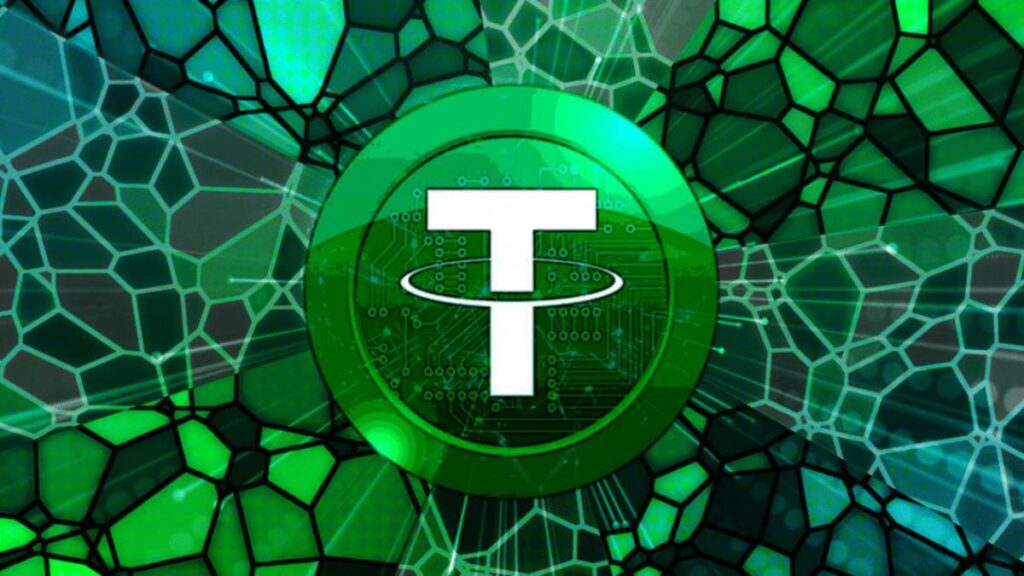TL;DR
- Tether has seen a surge in usage across EMEA time zones amid growing attention from US regulators.
- Increased adoption of USDT has been seen in sanctioned countries such as Russia and Iran, facilitating transactions amid banking restrictions.
- Federal investigations in the US focus on possible sanctions violations and money laundering related to the use of Tether by groups such as Hamas.
As the cryptocurrency landscape continues to evolve, Tether, with a market cap exceeding $120 billion, has gained relevance in regions such as Europe, the Middle East, and Africa (EMEA).
According to a study conducted by Chainalysis and shared by Bloomberg, activity in digital wallets holding USDT has increased noticeably, especially during the hours of 9 am to 2 pm UTC.
This pattern suggests increased use of Tether in countries like Russia, Iran, and other nations that face restrictions on their access to the international banking system.
This shift in the use of USDT may be indicative of how cryptocurrencies are providing alternatives for making payments in regions where traditional financial institutions are inaccessible or under sanctions.
Chainalysis report highlights that while Tether activity has historically been strong in Asia, it has begun to move west, reflecting a shift in the dynamics of the global cryptocurrency market.
The growing concern over Tether‘s use is not just a market issue; it is also attracting the attention of US regulators.
The Wall Street Journal recently reported that federal prosecutors in Manhattan are investigating Tether Holdings Ltd. for possible violations of sanctions and money laundering laws.
This scrutiny is related to the use of Tether by groups such as Hamas and Russian arms dealers.
However, a Tether spokesperson has said the company is not aware of any such investigations and has stressed its commitment to working with authorities to prevent misuse of its cryptocurrency.
Tether and its Impact on the Global Market
Tether’s use in Africa is particularly interesting, where it has emerged as a vital tool for facilitating cross-border payments and preserving value in an unstable economic environment.
The company reportedly accounts for around 80% of stablecoin activity on the continent.
Many African entrepreneurs, such as Patrick Senga, CEO of Ingabo Plant Health, are adopting USDT for their business transactions, finding in this cryptocurrency a more agile and less expensive alternative to traditional methods such as SWIFT.
This shift in market behavior not only shows the growing reliance on cryptocurrencies, but also how they can be used to circumvent the restrictions imposed by traditional financial systems.
As more individuals and businesses turn to Tether, it poses a significant challenge for regulators, who must strike a balance between fostering innovation and ensuring the security of the financial system.
The Tether landscape continues to shift as its use expands into new regions and among different demographics.
The need for clear and effective regulations becomes increasingly urgent as the use of stablecoins continues to grow, presenting both opportunities and risks in the global economic context.











